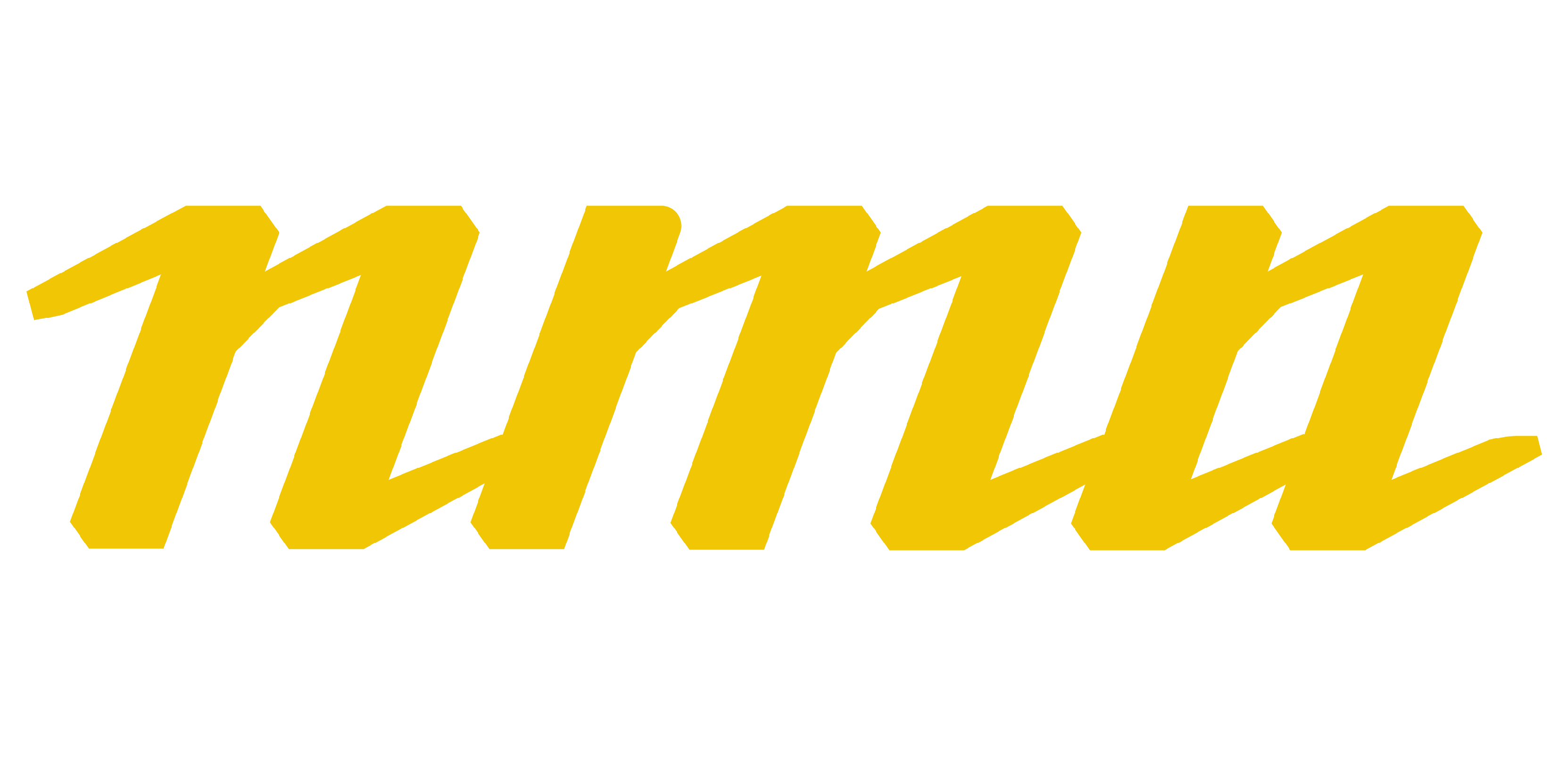The new IPv6 signals a time to scale the Internet 4 folds.
The Internet Society is a international nonprofit organization that administrates Web standards, policy and education. They claimed June 8th to be World IPv6 Day and it give enterprises and ISPs (internet service providers) a chance to “stress test” the next layer of IP’s (Internet protocol) to see if it works and what may not. Its a huge wake-up call that it’s time to upgrade the World Wide Web.
Companies like Facebook, Google and Yahoo, will work with ISPs and content-delivery networks to conduct the first global-scale trial of IPv6. For a 24-hour period, participating companies around the world will enable IPv6 on their main services.
This is a chart the explains the 4 fold increase in ip digits (also know as bits)
Its said that in 2023 we will each own 7 devices that will require a unique IP (anything from your phone, cell, tv, tablet, and more..) To support the scaling up, a scheme was developed to allow IPv4 addresses to be embedded within the IPv6 address structure. This method takes regular IPv4 addresses and puts them in a special IPv6 format so they are recognized as being IPv4 addresses by certain IPv6 devices. But since the IPv6 address space is so much bigger than that of IPv4, embedding the latter within the former is actually simple. It’s like driving an over crowded bus into a cargo boat. A much faster one at that. Both have zeroes for the first 80 bits of the address, and put the embedded IPv4 address into the last 32 bits of the IPv6 address format.
Like the conversion of analog to digital TV, this might take some time. But the possibilities of this wider open road are very exciting.
